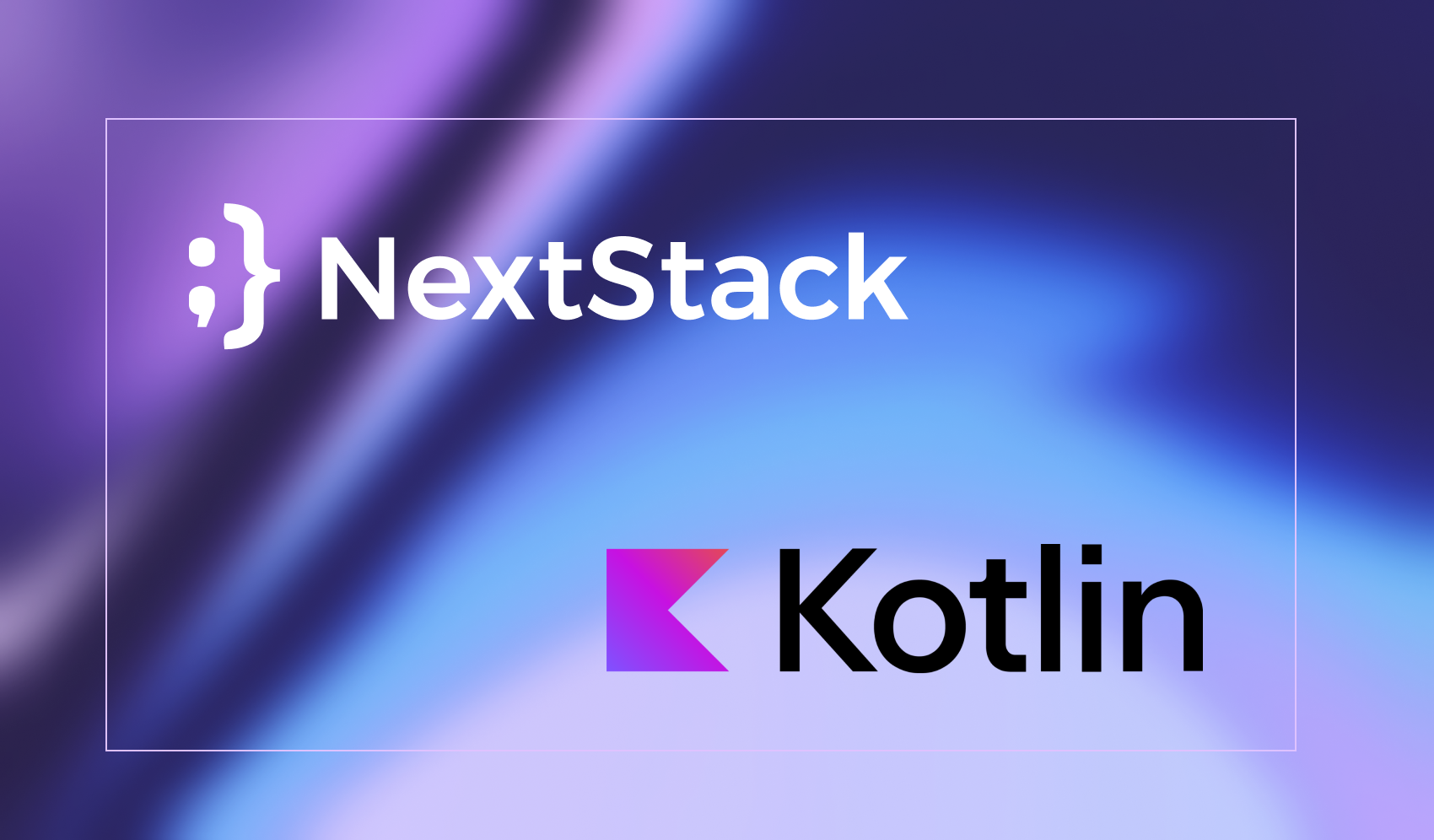Accelerate Your Startup's Growth with Kotlin Multiplatform Mobile (KMM): Faster App Development and Cost Savings
At NextStack, innovation drives everything we do. We're dedicated to providing our clients with the latest tools for building cutting-edge apps while keeping their budgets in check. That's why we're excited about Kotlin Multiplatform Mobile (KMM). For startups aiming for a quick, efficient, and cost-effective app launch, KMM is a game-changer.
Why KMM is Ideal for Your MVP
Imagine this: You have a brilliant app idea, but the prospect of building separate apps for iOS and Android is a major hurdle. It seems time-consuming and expensive, requiring separate developer teams for each platform. This is where KMM provides a strategic advantage:
Key Benefits of KMM for Startups
Speed Up Development and Cut Costs: KMM eliminates the need for duplicating code across platforms, allowing faster market entry for your MVP. This reduces development hours and frees up your budget for marketing and user acquisition.
One Codebase, Easy Maintenance: With KMM, updates are streamlined. A single change applies to both Android and iOS, saving time and minimizing the cost.
KMM vs. Flutter: Choosing the Right Technology
Why choose KMM over other cross-platform frameworks like the very popular Flutter? Let's compare the key differences to help you make an informed decision. At NextStack, we specialize in both Flutter and KMM development, so you can trust our expert insights:
Performance:
Flutter: Utilizes its own rendering engine, which can lead to slower performance compared to native solutions
KMM: Leverages the native rendering engine of each platform, resulting in a faster and smoother user experience.
Codebase and Flexibility:
Flutter: Employs a single codebase written in Dart, meaning the same code runs on both Android and iOS. This simplifies development but might limit your ability to create platform-specific customizations.
KMM: Allows you to share core business logic while maintaining platform-specific UI components. This offers a balance between a single codebase for core functionality and the ability to tailor the user experience for each platform.
Maintenance and Updates:
Flutter: Updates and maintenance are straightforward due to the single codebase. However, any platform-specific features might require additional workarounds.
KMM: Streamlines updates across platforms with shared code. Platform-specific UIs can be updated independently, providing more flexibility and control over the final product.
Application Size
Flutter: Generally, Flutter apps tend to be larger due to the inclusion of the Flutter engine and additional libraries. This can impact download times and storage requirements.
KMM: Typically results in smaller application sizes because it uses the native libraries and frameworks of each platform, minimizing overhead.
Diving right into the practical applications, let's see which companies are leveraging Kotlin Multiplatform to build innovative mobile experiences.
Ready to discuss your app idea and explore the best development path? At NextStack, we offer personalized consultations to help you choose the right technology and craft a winning strategy for your mobile app. Contact us at [email protected] to schedule your free consultation.
